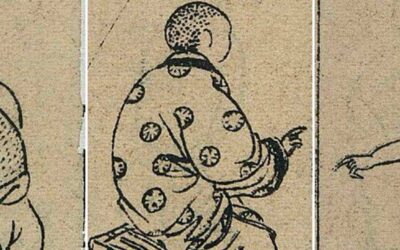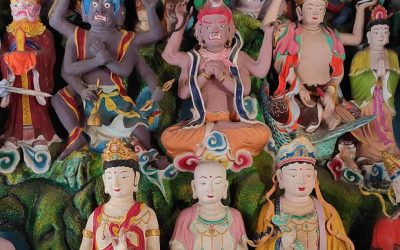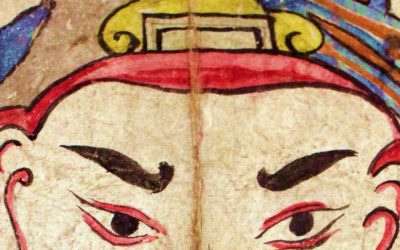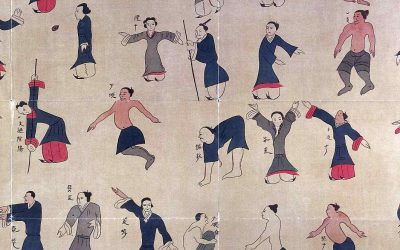Discover China’s Largest and Most Beautiful Salt Lake
The development of tourism and transportation in China is bringing to light places that were previously very hard to access and virtually unknown. Some of these destinations are beginning to gain a certain reputation, at least among those of us who keep up with the latest news in tourism and travel in China. One such place is Qarhan Salt Lake in Qinghai Province, just between Tibet and the Silk Road..
Better Than the Famous Qinghai Lake
While the province of Qinghai has long been known for its namesake lake—called Kokonor by the Mongols—this other lake remained little known and was only mentioned in a few very specific guides as a secondary or complementary visit. However, having visited both lakes, I believe Qarhan is far more beautiful and much more interesting. I had the bad luck of visiting on a cloudy day with very strong wind. I think I got a small taste of the famously unpleasant wind of the Changtang Plateau. At times, it really felt like the wind could blow me straight into the water.
A Beautiful Beach on a Stunning Lake
What visitors usually see is actually a beach on this enormous lake, which spans 5,800 square kilometers. Until the 1950s, no one paid much attention to it, although it was known to the Mongols living in the area, who gave it its name. Later, with the onset of economic development, it was discovered that a salt lake could provide many chemical compounds useful for the country’s growth. Several industries were established on its shores. Some of these still exist, and travelers pass through their production facilities on the way to the most beautiful part of the lake.
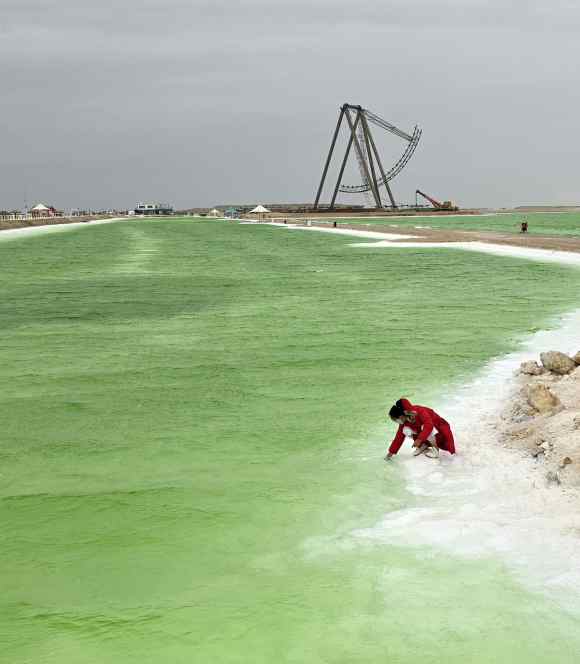
Emerald Green Waters on a Salt Beach
The beach stands out mainly for the intense green color of its waters and the contrast between the white salt along the shore, the vivid green hue of the water in that area, and the blue of the sky—when it is blue—or the gray, as it was during my visit, which also created a truly striking contrast. In keeping with the poetic spirit with which natural elements are often described in China, some of the most beautiful spots have been given names that allude to jade—found in this region—and to emerald, whose color the waters imitate.
A Visit Worth Making
This is actually the largest salt lake in China and the second-largest in the world. The lake is just 60 km from the city of Golmud. There’s a public bus in the morning and another in the afternoon, and hiring a taxi is not expensive (around 200 yuan for the round trip, including waiting time, in the low season of 2025). The visit can take about two to three hours, including the transfer from the entrance gate, but on a good day, it can easily be extended or even turned into a full-day excursion.
About me: I have spent 30 years in China, much of the time traveling and studying this country’s culture. My most popular research focuses on Chinese characters (Chinese Characters: An Easy Learning Method Based on Their Etymology and Evolution), Matriarchy in China (there is a book with this title), and minority cultures (The Naxi of Southwest China). In my travels, I have specialized in Yunnan, Tibet, the Silk Road, and other lesser-known places. Feel free to write to me if you’re planning a trip to China. The travel agency I collaborate with offers excellent service at an unbeatable price. You’ll find my email below.
Last posts
The Smallpox Goddess (Doushen)
The Smallpox Goddess (Doushen) The Smallpox Goddess (Doushen 痘神) is part of a group of goddesses whose primary role was the protection of children. In the final years of the imperial era, they operated under the authority of Bixia Yuanjun, the daughter of the Emperor...
Legends of the Mother Goddess
Legends of the Mother Goddess I am pleased to share with all you that the Italian translation of my book Legends of the Mother Goddess (and Other Myths of Goddesses and Women from the Peoples of China) has now been published and is available for purchase. As many of...
Laozi’s Mother is the goddess who created the world
Laozi’s Mother is the goddess who created the world In Taoist thought, great mysteries are not explained with definitive statements, but with paradoxical images, fragmentary myths, and bodily metaphors. One such mystery is the origin of the world—and for Taoism, that...
Does the Daodejing Contain the Oldest Creation Myth of China?
Does the Daodejing Contain the Oldest Creation Myth of China? An introductory article on Chinese mythology asserts (twice) that the myth of the creation of Huangdi (the Yellow Emperor) should be considered one of China's creation myths, following the model of...
The Wenzi Begins: Echoes from a Forgotten Taoist Voice
The Wenzi Begins: Echoes from a Forgotten Taoist Voice The Wenzi (文子) is an ancient Daoist text attributed to a disciple of Laozi. Although its authenticity has been debated throughout history, its content clearly reflects the Daoist worldview and its influence on the...
A Humble Proposal for Rethinking Historical Periodization: To Go Beyond Dynasties in Chinese History
A Humble Proposal for Rethinking Historical Periodization: To Go Beyond Dynasties in Chinese History Historical narratives are never neutral. The way we divide time reflects not only the facts we choose to remember, but also the frameworks we use to interpret them. In...





